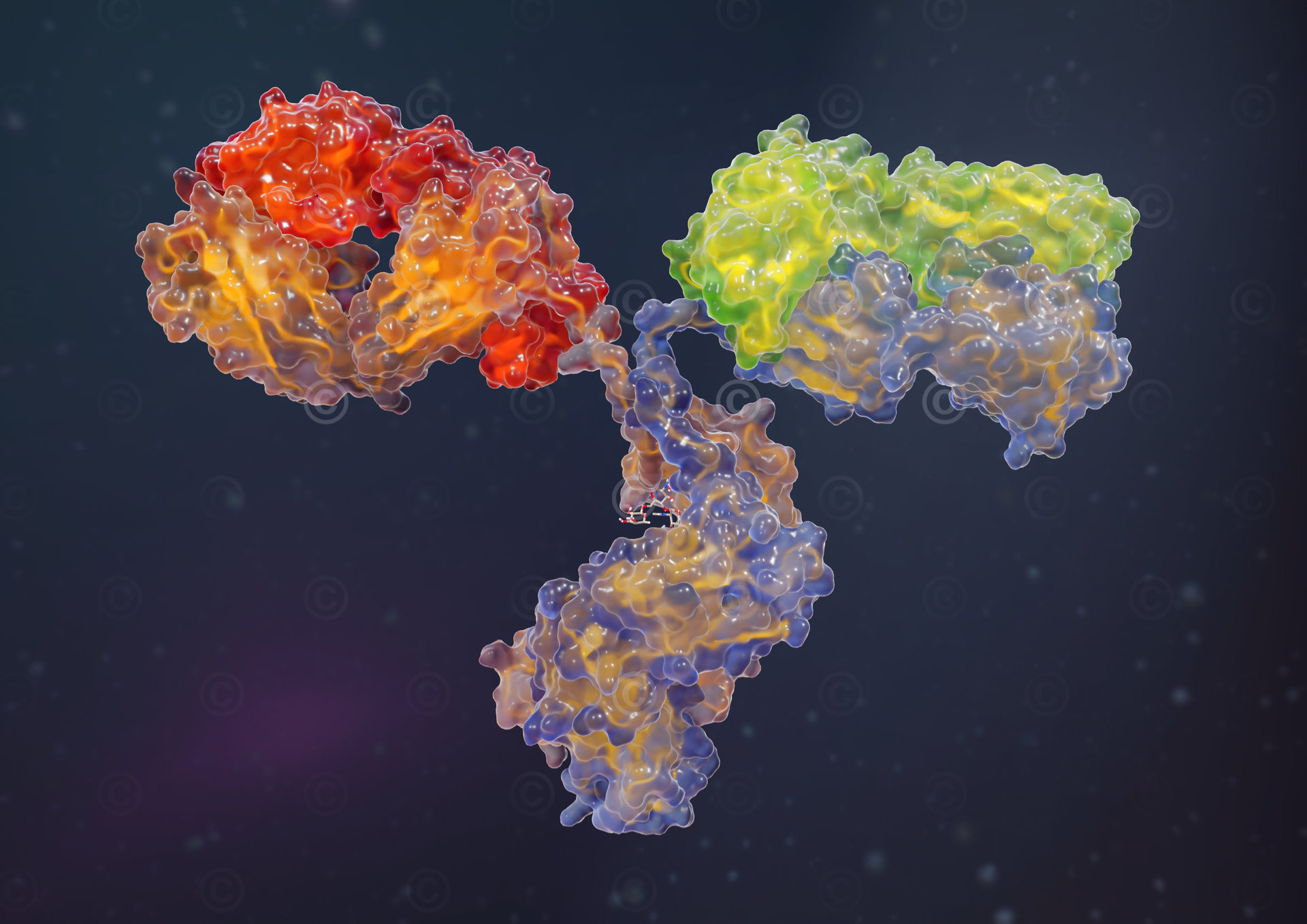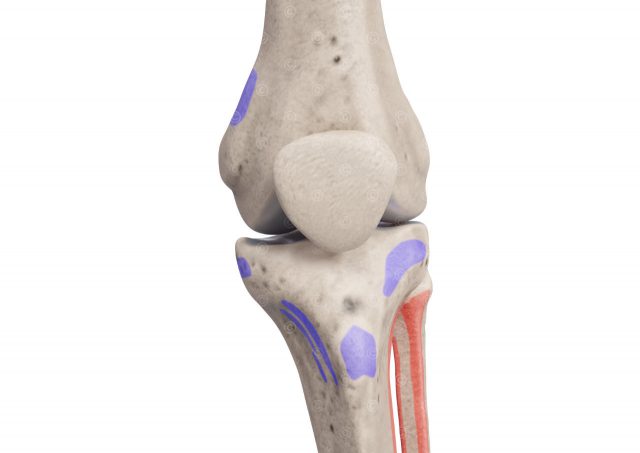Design of illustrations of different proteins based on structural data of the “Protein Databank”. The underlying idea was to get ahead of the conventional rather technical representation (surface model, ribbon model, etc.) of the proteins and to create appealing and impressive illustrations of the structures that have a high recognition value. When developing the “look” of the illustrations, we had a candy look in mind, i.e., a colorful design that is reminiscent of candy and has a positive connotation. The illustrations were designed in two versions: the first version shows the protein on a dark background that indicates the intracellular environment and emphasizes the colors and structures. The second version shows the protein on a neutral white background for optimal integration, for example, in the context of a printed text.
You will find these illustrations in a smaller version with our logo in our category “Free Illustration“. These are free to use (even commercially) under a a Creative Commons license. Please note the terms of use described there. If you are interested in purchasing the images in higher resolution and/or with further rights of use, visit our Gumroad-Shop (external link).
Project details:
Content: 21 illustrations
Utilization: free illustrations, Gumroad, Stock Photo
Specifications: DIN A3 / 300dpi (4961×3508 pixel)
Client: MedicalGraphics
The rights of use for the illustrations shown here lie with the client; use is not permitted. The images are protected with watermarks. If you are interested in the illustrations, please use the versions of the images in the rubric “Free Illustrations” under the terms of use mentioned there or acquire a license via Gumroad.

AMPA Receptor

Hemoglobin

T cell receptor

Interferon Beta

SARS-COV-2 Spike Protein







